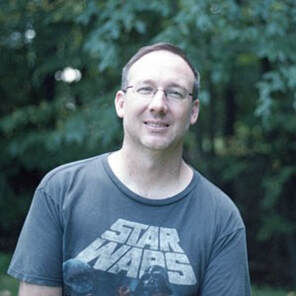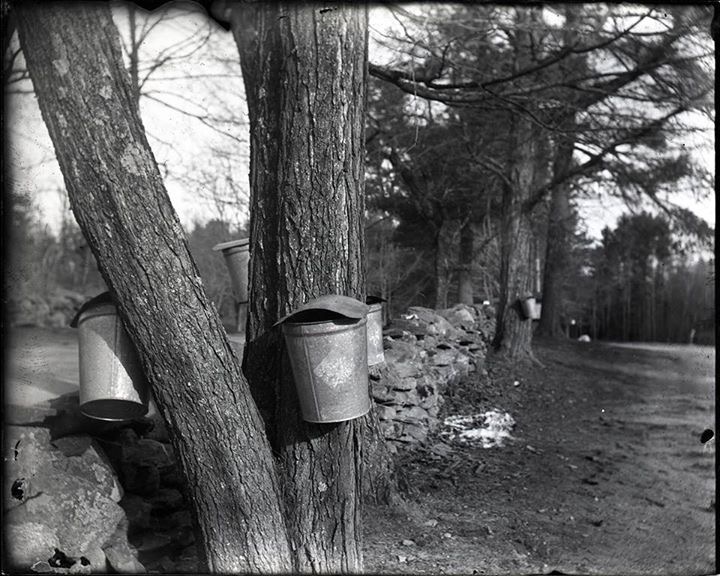
About Pictoriographica:
In December 2017, after 2 ½ years of working with dry plate, I decided to put three boxes of 4x5 plates up for sale in the classified section of photrio.org. These were extra plates that I didn’t think I would get around to using due to my work schedule. To my surprise, the boxes sold in 15 minutes and I was inundated with requests for more. Thus, Pictoriographica spontaneously came into being over Christmas break, 2017. I spent my vacation time from my day job coating plates day and night, clearing out space in the basement to create a production area, and scrambling to find packing boxes to ship the plates out. The support and interest from the photographic community has continued to grow since that unexpected start, and it has been great to help re-establish dry plate as a viable alternative photographic process.
With over three years in the business, Pictoriographica continues to grow: I now employ five additional part-time helpers: Local high school students with their own passion for photography who are interested in something different than the traditional high school jobs. They help cut and prep glass, coat plates, build dry plate holders, finish the wooden plate drying racks, and demonstrate on a daily basis the young adult's aptitude for learning and mastering complex skills. This frees me up for -- well, a decent night's sleep for one thing, but also research and development into new and exciting products in support of bringing back obsolete photographic emulsions.
J. Lane Dry Plates resurrect the look of early 1880s un-sensitized silver gelatin emulsions, which were mostly coated by hand using similar methods as mine. This was a critical time in the development and mass marketing of photographic negatives, and many of the world’s first amateur photographers took their first photographs on dry plates very similar to ours. With the advent of sensitized emulsions (orthochromatic, panchromatic) and other advances in emulsion engineering, these original silver gelatin emulsions were lost to time and no longer produced by anyone until today. Even those have gone obsolete, and J. Lane Speed Plates preserve the look of late 1890s Orthochromatic plates. I plan to offer these emulsions for as long as there is an interest, filling the hole in photography that has been left behind in the name of progress.
About Jason Lane:
I am an optical engineer by profession, specifically as a lens designer. I have designed, fabricated, assembled, and tested optics and imaging systems for over 20 years in various industries. My optics have been fielded in the ocean depths, the reaches of outer space, and everywhere in between. As a professional working on the cutting edge of modern technology, analog photography has always provided me a break from the high-tech technologies that I work with on a daily basis. My involvement in dry plate photography fits my personality well: A hands-on tinkerer with the technical background to get consistent, successful results.
I am a member of the Royal Photographic Society, the Optical Society (OSA), a lifetime member of the International Society for Photonics and Optics (SPIE), and a couple of other professional societies which I cannot remember off the top of my head. I've also published papers on optics and hold a handful of patents in the field of optics and imaging systems. I head up the engineering department at Lacroix Precision Optics in Batesville, AR. Lacroix is the largest optical shop in the United States, fabricating custom glass spherical and aspheric lenses and optical components from prototype quantities to full production runs.
In December 2017, after 2 ½ years of working with dry plate, I decided to put three boxes of 4x5 plates up for sale in the classified section of photrio.org. These were extra plates that I didn’t think I would get around to using due to my work schedule. To my surprise, the boxes sold in 15 minutes and I was inundated with requests for more. Thus, Pictoriographica spontaneously came into being over Christmas break, 2017. I spent my vacation time from my day job coating plates day and night, clearing out space in the basement to create a production area, and scrambling to find packing boxes to ship the plates out. The support and interest from the photographic community has continued to grow since that unexpected start, and it has been great to help re-establish dry plate as a viable alternative photographic process.
With over three years in the business, Pictoriographica continues to grow: I now employ five additional part-time helpers: Local high school students with their own passion for photography who are interested in something different than the traditional high school jobs. They help cut and prep glass, coat plates, build dry plate holders, finish the wooden plate drying racks, and demonstrate on a daily basis the young adult's aptitude for learning and mastering complex skills. This frees me up for -- well, a decent night's sleep for one thing, but also research and development into new and exciting products in support of bringing back obsolete photographic emulsions.
J. Lane Dry Plates resurrect the look of early 1880s un-sensitized silver gelatin emulsions, which were mostly coated by hand using similar methods as mine. This was a critical time in the development and mass marketing of photographic negatives, and many of the world’s first amateur photographers took their first photographs on dry plates very similar to ours. With the advent of sensitized emulsions (orthochromatic, panchromatic) and other advances in emulsion engineering, these original silver gelatin emulsions were lost to time and no longer produced by anyone until today. Even those have gone obsolete, and J. Lane Speed Plates preserve the look of late 1890s Orthochromatic plates. I plan to offer these emulsions for as long as there is an interest, filling the hole in photography that has been left behind in the name of progress.
About Jason Lane:
I am an optical engineer by profession, specifically as a lens designer. I have designed, fabricated, assembled, and tested optics and imaging systems for over 20 years in various industries. My optics have been fielded in the ocean depths, the reaches of outer space, and everywhere in between. As a professional working on the cutting edge of modern technology, analog photography has always provided me a break from the high-tech technologies that I work with on a daily basis. My involvement in dry plate photography fits my personality well: A hands-on tinkerer with the technical background to get consistent, successful results.
I am a member of the Royal Photographic Society, the Optical Society (OSA), a lifetime member of the International Society for Photonics and Optics (SPIE), and a couple of other professional societies which I cannot remember off the top of my head. I've also published papers on optics and hold a handful of patents in the field of optics and imaging systems. I head up the engineering department at Lacroix Precision Optics in Batesville, AR. Lacroix is the largest optical shop in the United States, fabricating custom glass spherical and aspheric lenses and optical components from prototype quantities to full production runs.
